A good photograph must grab the viewer’s attention. That usually means that the subject of the photo mustn’t have to fight with a lot of other distracting stuff in the frame. If there’s one thing that kills a photo immediately, it’s having a cluttered background. The eye likes things simple. Try to simplify the photograph into its most basic elements. Cut out anything distracting by repositioning yourself, or cropping in. Or just wait and pick a different shot.
Another way to simplify a photograph is to use a shallow depth of field so that the background gets blurred. This is exaggerated when you use a long lens.
Take these two different giraffe shots. The first has huge amounts of clutter and distraction: all the different bits of foliage dilute the impact of the shot. Attention gets lost trying to take it all in. On the right hand side however, the brain doesn’t have to separate the subject out from a mess of background gubbins. This is simply a picture of a giraffe and is much more impactful.
Similarly for these cheetah shots: the first image has quite a bit going on, where as the second image is much more simple. It’s about competition for your attention. The second picture doesn’t require nearly so much work to process.
Lastly, here are two images of small birds. The first is incredibly distracting. There’s stuff everywhere! The second is a kingfisher and, even though there’s texture in the background provided by a zebra in the distance, there’s enough simplicity to make this primarily a photo of a kingfisher. The zebra adds interest to the feel of the photograph without overpowering the kingfisher. Note that I used a shallow depth of field (wide aperture value) to create the blurred background and separate out the foreground from the background.






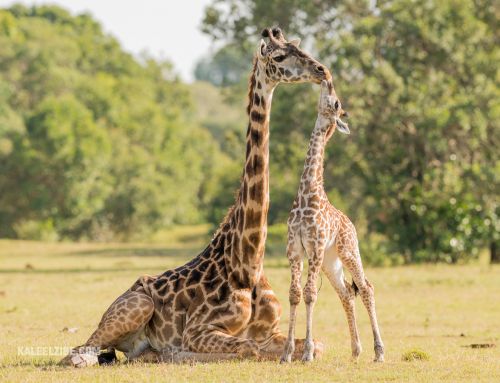
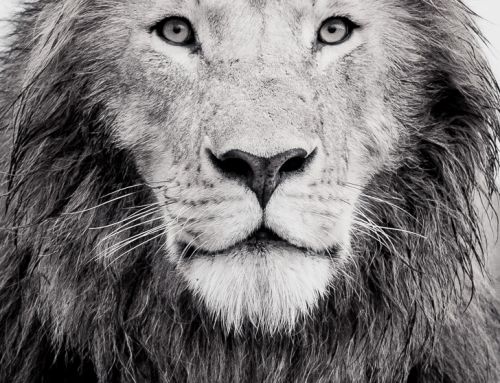
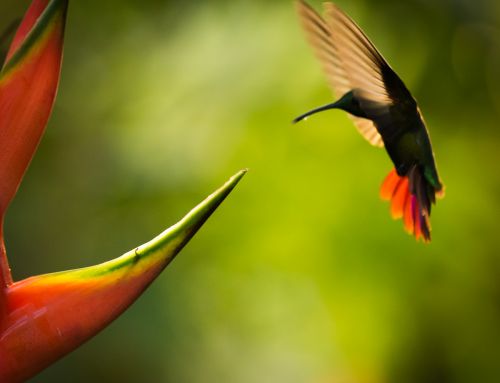
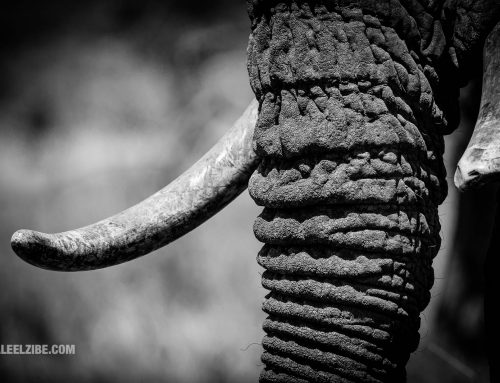
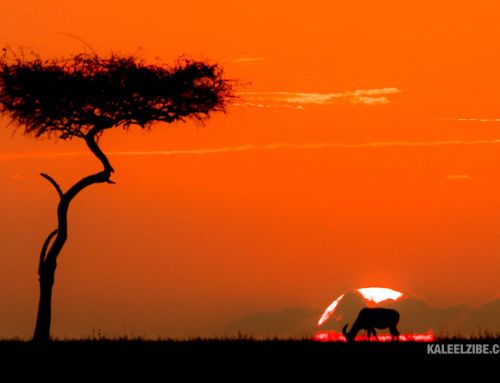
Leave A Comment